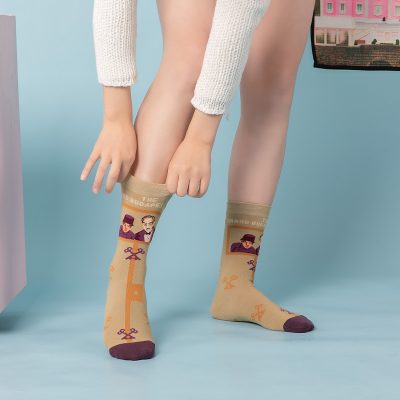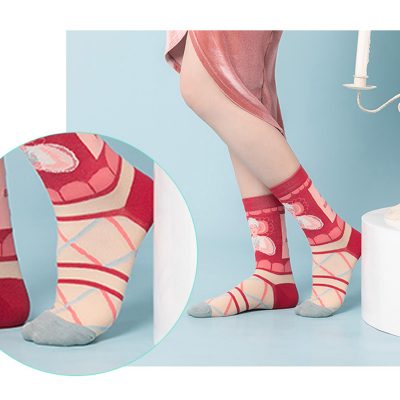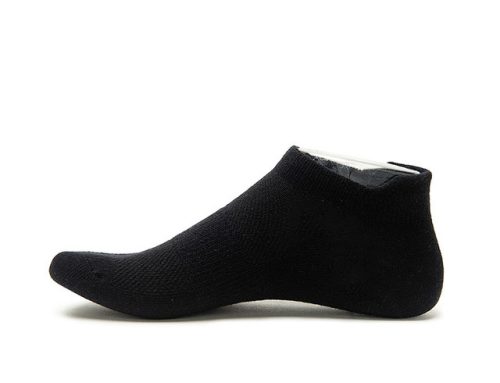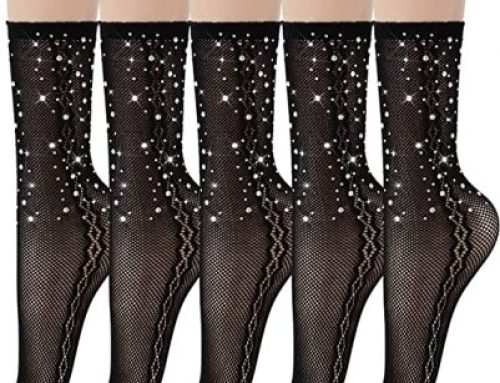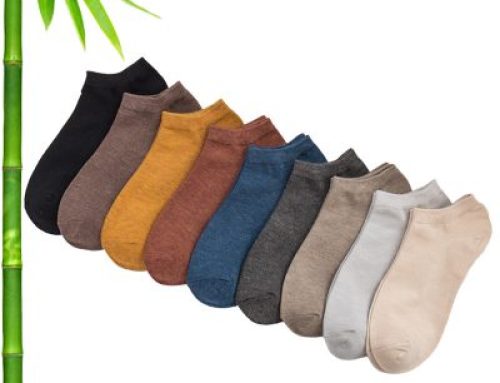Wearing properly fitted socks can have several health benefits, contributing to your overall comfort, foot health, and overall well-being. Here are some of the key benefits:
- Prevention of Blisters and Chafing: Properly fitted socks reduce friction between your feet and shoes, minimizing the risk of blisters, chafing, and abrasions.
- Enhanced Comfort: Well-fitting socks provide cushioning and support, making your footwear more comfortable, especially during long periods of walking or standing.
- Moisture Management: Properly fitted socks can help manage moisture by wicking sweat away from your skin. This can prevent fungal growth and unpleasant odors.
- Arch Support: Socks with appropriate elasticity and fit offer arch support, which helps alleviate discomfort and fatigue in your feet, particularly if you have high arches.
- Prevention of Foot Pain: Ill-fitting socks can lead to foot pain and discomfort. Properly fitting socks contribute to proper alignment and reduce the risk of foot pain, such as plantar fasciitis.
- Circulation: Socks that are too tight can restrict blood flow, leading to numbness and discomfort. Properly fitted socks allow for better circulation and prevent issues like cold feet.
- Toe Health: Socks with proper toe space prevent compression of the toes, reducing the risk of bunions and other toe-related issues.
- Ankle Stability: Well-fitting socks help stabilize your ankles, reducing the risk of sprains and other injuries, especially during physical activities.
- Prevention of Calluses: Properly fitted socks can prevent friction-induced calluses and corns that can form when socks bunch up or slide around.
- Posture Support: Socks that provide appropriate arch support and cushioning can indirectly contribute to better posture and gait.
- Diabetic Foot Care: Diabetic individuals need socks with proper fit and cushioning to prevent pressure points that can lead to ulcers or other complications.
- Prevention of Foot Infections: Wearing socks that fit well and are made from breathable materials can reduce the risk of fungal and bacterial infections by keeping your feet dry.
- Minimized Swelling: Properly fitted socks that are not too tight can help prevent unnecessary swelling of the feet and ankles.
- Injury Prevention: The right socks can provide additional padding and protection, reducing the impact of walking or running on hard surfaces and lowering the risk of injuries.
- Overall Foot Health: By providing comfort, support, and protection, properly fitted socks contribute to maintaining the health of your feet and overall lower limb well-being.
Remember that every individual’s feet are unique, so finding the right sock fit might require some trial and error. It’s important to choose socks that cater to your specific needs and activities, whether it’s athletic socks for sports or cushioned socks for long days on your feet.
